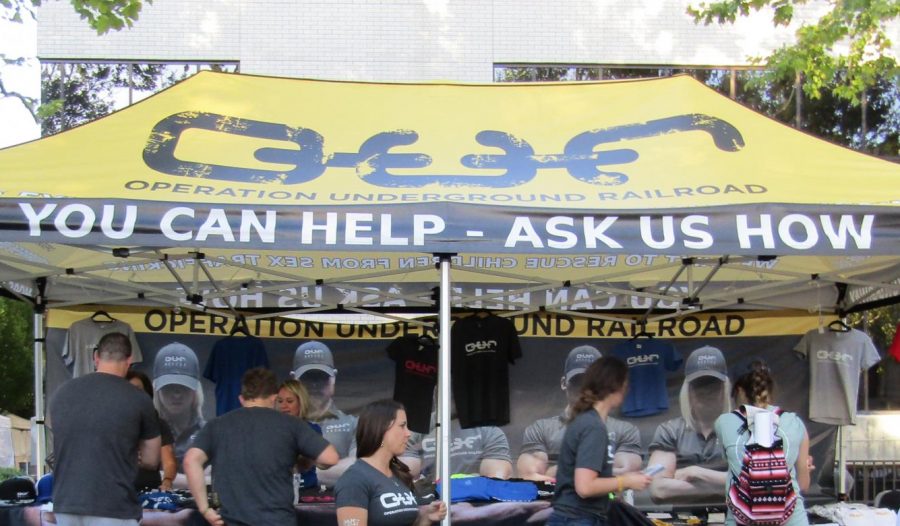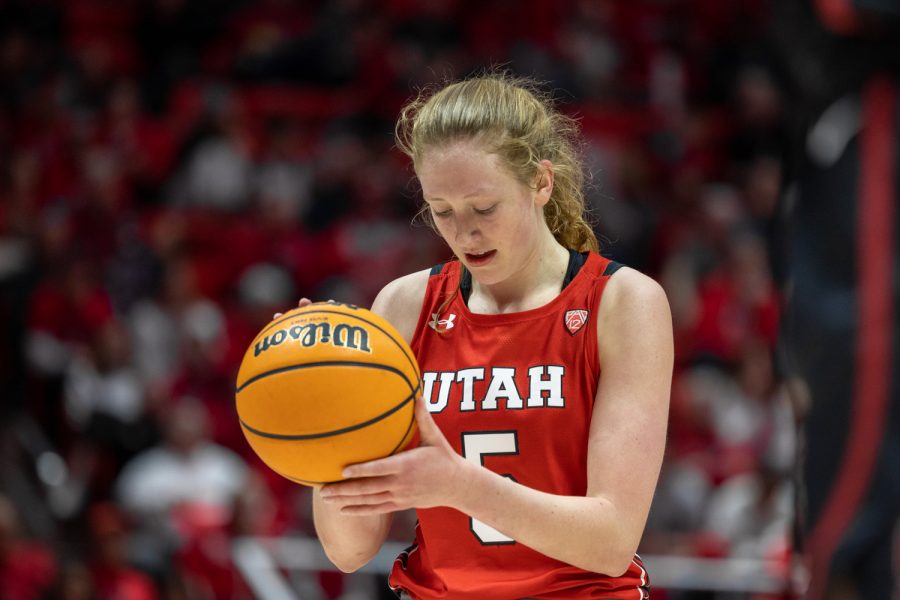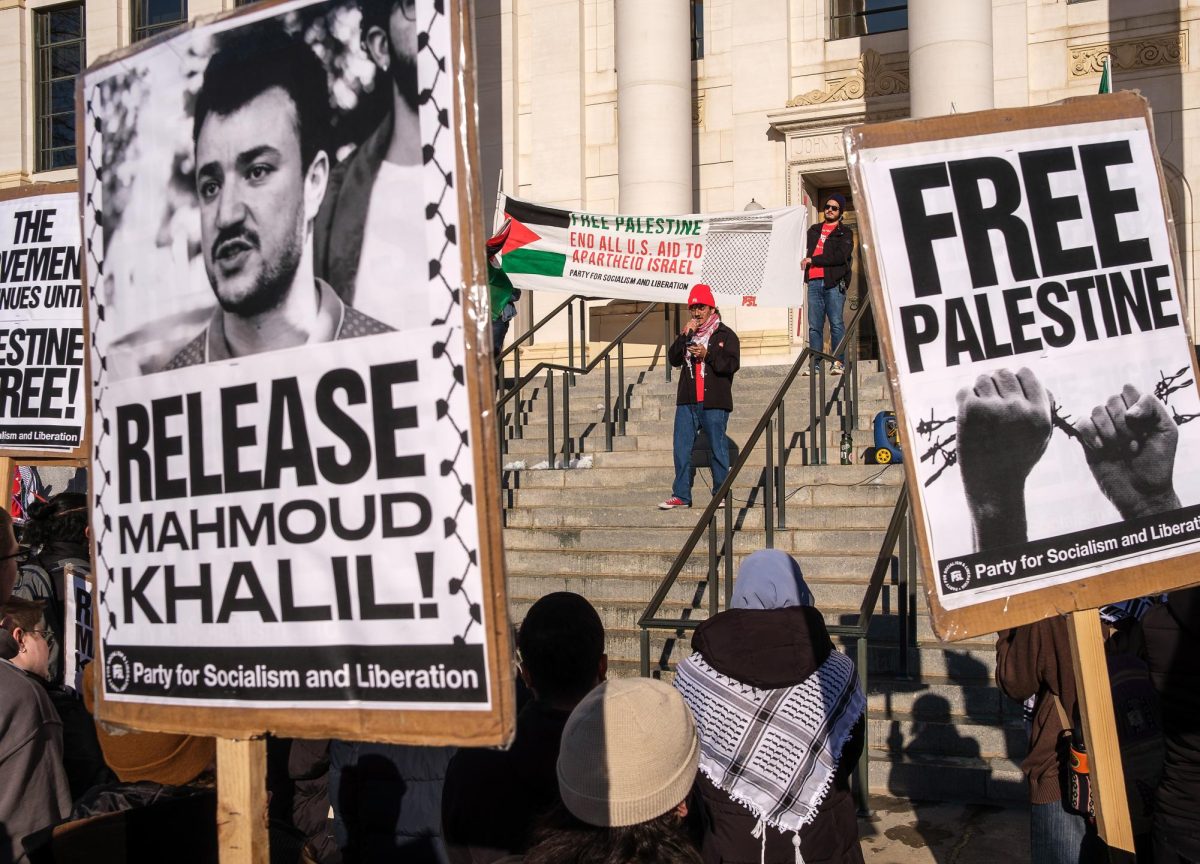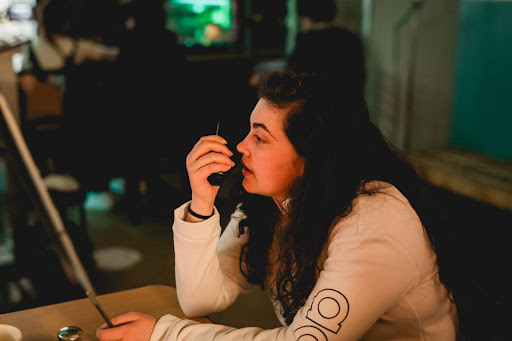Scott: The Fight Against Trafficking Is Derailed By Your Exploitative Conspiracy Theories
August 18, 2020
Somewhere amidst the shapeless slog of the pandemic’s summer months, I received a notification adding me to a new Facebook group. The group was local, primarily made up of alumni from my high school, and it was designated to foster discussion on whatever captured our interest. Despite attempting to keep my Facebook use to a minimum, I had reached a new depth of social isolation myself and couldn’t think of a good reason not to at least lurk for a while. The group was generally pleasant, but among posts highlighting small businesses or discussing relationships, parenthood and pets, a darker thread was always there — conspiracy theories.
Post after post asked users to share their “favorite” theories. All the usual suspects were there — “9/11 was an inside job,” “vaccinations are dangerous” or “COVID-19 is a hoax.” Many YouTube videos and podcast recommendations were shared. People described themselves as conspiracy theory addicts or lovers of true crime, and, in a way, an interest in dark machinations quickly became a social marker of edgy wokeness. Several posts asked, “Are you awake yet?”
But there is nothing inherently woke or productive about buying into a conspiracy. True conspiracies can and do exist, but most popular theories are a little too cute for reality. And when they’re treated as a fun, harmless hobby, real human suffering becomes the subject of a spectator sport.
If It’s Too Sensational To Be True, It Probably Is
Nowhere is this principle clearer than the recent human trafficking panic on social media. I have read avid debates about the supposed impossibility of Epstein killing himself, as well as similarly weird mental gymnastics over the thoroughly debunked Pizzagate theory — Comet Ping Pong’s lack of a basement was apparently immaterial to the discussion. The unhinged Wayfair conspiracy hit the group hard, and normal concerns about human trafficking morphed into the visceral fear of celebrity sex-rings and human sacrifice.
I've honestly never hated an Instagram account more.
It jumped on a very valid concern with mass appeal (child trafficking) and twisted it into scaring middle class white women into thinking their children are under attack by Hollywood and Bill Gates. pic.twitter.com/WcE5mvUFDE
— Angie Treasure (@snark_tank) August 11, 2020
These claims are on the intense side, but my Facebook group was hardly unique in its heightened awareness of trafficking. Shortly after the Wayfair incident, #SaveOurChildren went mainstream as “trafficking abolitionists” shared posts, attended marches and donated to groups like Operation Underground Railroad. And while most people — myself included — abhor all forms of human trafficking, there is no getting around the fact that this sensationalized narrative around trafficking is inconsistent with reality.
Piecing together a timeline of random celebrities and world events like the crazed Charlie Kelly of “It’s Always Sunny In Philadelphia” does nothing for trafficking victims. Obsessing over “pedophile signs” in Target — ah yes, the sinister covering of a single Illuminati eye — or triangulating celebrity talk show schedules isn’t action but rather it’s a waste of time. It makes it harder to share accurate information about trafficking and cheapens the experience of those who have lived the nightmare themselves.
I find it enraging. Sex trafficking exists. Childhood sexual abuse exists. But usually, it doesn’t look like “elite pedophile rings murdering children.” It looks like abuse that happens to millions of kids every year, abuse by parents and guardians and people you already know. https://t.co/ixJyAc5emM
— Jane Coaston
(@janecoaston) July 31, 2020
When true believers commit to a theory, they eventually develop an emotional need for it to be true, no matter how horrific it is. Because if it weren’t true, the comfort of holding powerful knowledge is lost, as well as a sense of control in an often inexplicable world. And that is perfectly understandable — there are no clear answers for many heavy issues, and the few we have often do not feel empowering.
But it gets ugly when this normal anxiety is manipulated by people throwing around accusations of blood sacrifice — a blatantly anti-Semitic claim — and making fetus creams. Groups like QAnon have infiltrated the anti-trafficking movement, injecting it with theories obscene enough to shock believers and non-believers alike. For some theorists, it’s not enough for trafficking to be the very real horror that it is. Instead, they must transform it beyond recognition into lurid pulp to draw in a suburban market because it pays off.
People on my Timeline: Child trafficking is a major scourge.
Me: Absolutely
Timeline: We have to do everything we can to stop it.
Me: Couldn't agree more.
Timeline: Right, and when investment bankers abduct the kids to eat their thyroid glands–
Me: Wait
— Luke Bradley (@lucasdrayton) August 12, 2020
Building a Brand
And it may literally pay off in the form of branding, as organizations easily associate themselves with anti-trafficking causes without substantive action. In Utah, the essential oils company doTERRA partnered with OUR to “help” trafficking victims by donating branded vials of “Hope” oil. “The traffickers won’t take it away because it smells good, but it gives the victims a tool to get out,” said Doug Osmond, OUR Director of Corporate Partnerships. It’s hard to see how an aid strategy that hinges on a trafficker’s appreciation for perfume could be considered a strategy in any meaningful sense of the word. Perhaps I am overly cynical, but it is difficult to believe that trafficking victims are who this marketing campaign is really for.
OUR is not without its own problems. As questions are raised about its funding, its methods — such as video streaming the terrible, painful reality of trafficking victims to faraway, wealthy Western donors – ought to also be called into question. OUR’s CEO Tim Ballard recently made headlines for arriving at an anti-trafficking rally in a helicopter, playing into the elaborate action hero persona embodied by OUR as a whole. Ballard has also advocated for a wall along the U.S.-Mexico border, despite explicitly stating that he formed OUR in order to get around a problematic lack of U.S. jurisdiction in other countries — an expression of hypocrisy, to say the least. One has to wonder if there is a better way to center the realities of human trafficking. The modus operandi of this Utah-based group reveals far more about savvy marketing and self-proclaimed heroism than it does about what life post-rescue looks like for the people they save.
https://twitter.com/elforesto/status/1288937646849429506?s=20
While OUR has yet to openly flirt with conspiracy theories, the line is growing uncomfortably thin. Ballard himself has said “some of these theories have allowed people to open their eyes,” but his goal to “flood the space with real information so the facts can be shared” seems naïve. QAnon, which argues that the global elite literally eat children to extend their own lifespans, hardly seems open to a dialogue about facts.
Center the Children
There will always be those on the fringe who try to force-feed well-intentioned people a narrative where a network of powerful people traffic children and eat babies, but we can fight trafficking without buying into their extremism. Real trafficking is an extremely complicated issue that does not have the black-and-white simplicity of myth. Traffickers often know their victims, it’s not a “foreign country” problem and sometimes victims are afraid to receive help. It’s also a social justice issue, especially as racial disparities remain ever-present — not to mention that Black children go missing at a higher rate than white ones.
Frankly, it’s hard enough to fight human trafficking without the additional chaos caused by fearmongering – an important thought to keep in mind as we scroll through social media, lest we join the ranks of those who seek gory details only to relish in them.












